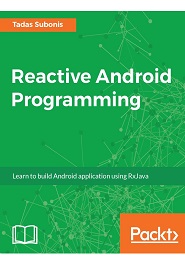
Innovative adapters feature numerous ports for connectivity to devices and equipment. With trendy enter gadgets such as a mouse or keyboard, you can give crucial computing instructions with ease. Development board microcontrollers function highly effective processors for faster completion of tasks, whileapp-enabled products similar to gaming motherboards incorporate security features for data safety. We reside in a world of unimaginable innovation, smart devices and genius tools that can be carried on you at all times. With all of those advances in know-how come some really cool devices. A Virtual Private Network may help shield that delicate knowledge and the websites you visit by making a secure connection to masks your devices’ identifiers and encrypt their community visitors from all prying eyes. Typically, you need to obtain a VPN app or “shopper” directly to the gadget you want to use the service with.
We’ve selected the most effective assortment of auto equipment to make that commute just a bit more pleasant, and enhance your weekend journey to blow off steam. Let’s leap into the should-have car equipment that you simply didn’t know you wanted. Simply because, so as to discover the best newest devices, you need to have the most effective tech heads. We perceive how cool tech has to fit in your life, make you happy and assist you on your day-to-day issues. These are equipment that you simply cannot, not have. You’ll be, until you get some of these and realise what you’re missing. We may simply say these are must have gadgets, but that’s not robust sufficient to specific how cool these presents are.
Cool Gadget & Tech Presents
And with our list of the good tech gadgets of 2022, we sought to search out gadgets that fit this bill. Maybe they’re not as important to your day-to-day life as a smartphone or a laptop computer, however they’re the merchandise you lust after; they’re those you end up blowing your tax refund on. The website makes a speciality of straightforward-to-understand, arms-on reviews of in style and unique devices from smartphones, and screens, to well being and wonder gadgets, TVs, house audio, good residence devices, and more. Whether you’re taking a look at digital gadgets for entertainment or want alternative parts for routine maintenance, select the best devices for your setup for optimum productiveness. Modern CPU cooling fans regulate your processor heat for quicker efficiency and enhance its lifespan. HDMI® and USB Type-Câ„¢ cables allow seamless transmission of media and knowledge between your tools.

View excessive-definition media with wearable eyewear devices for an enhanced leisure experience. They function consumer-pleasant interfaces for handy use. Electronic gadgets similar to micro SD cards permit for easy enlargement of your system’s storage capacity. They function condensed designs for enhanced portability. Many enable recording of videos in Ultra HD decision, which is essential for surveillance methods. With excessive transfer and read speeds, these gadgets save time whereas transferring … Read More





